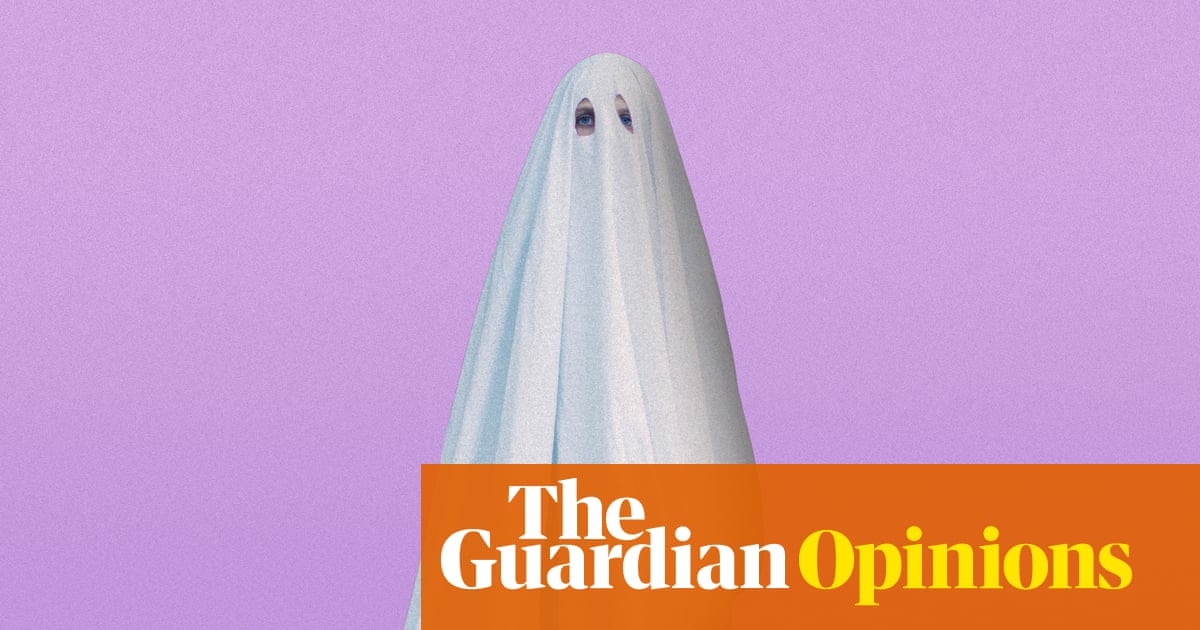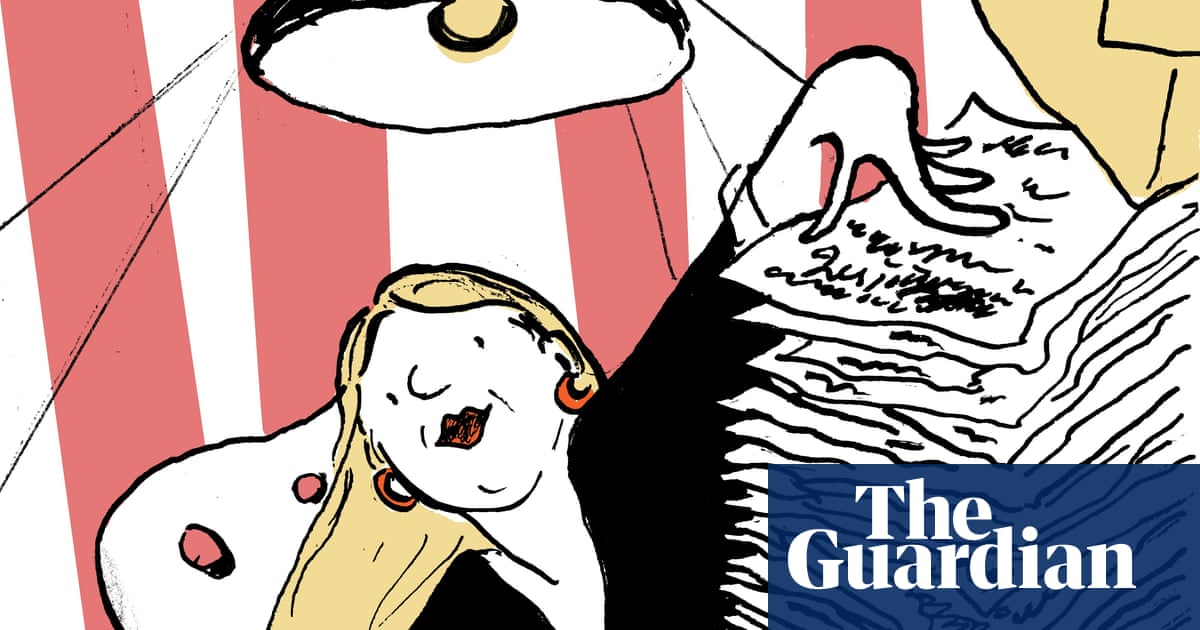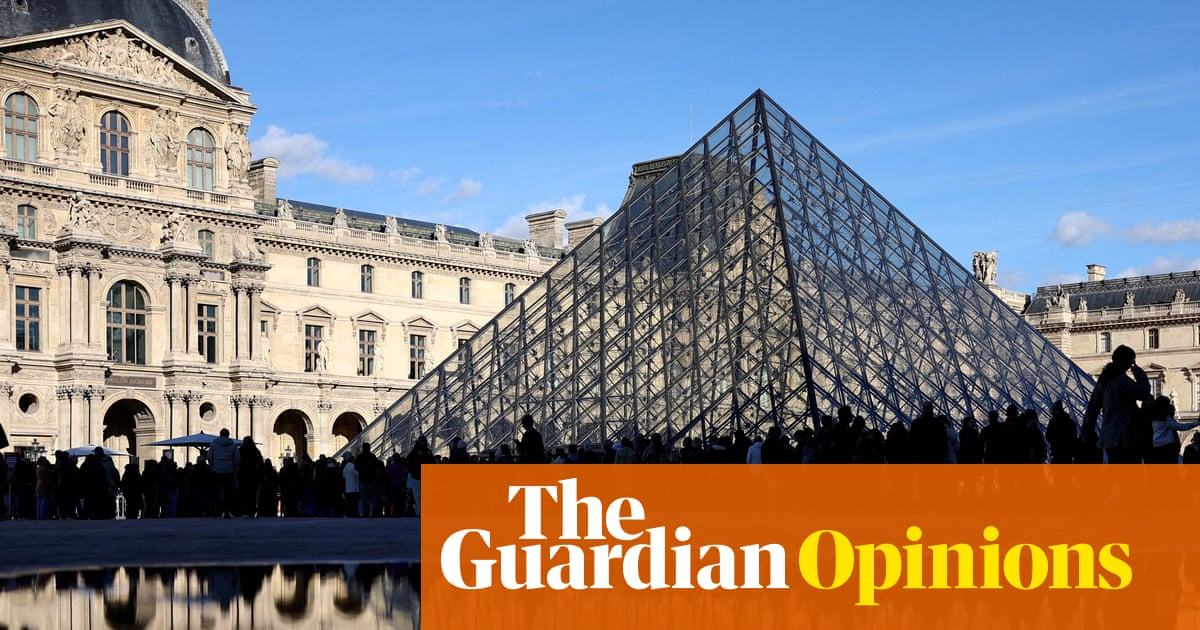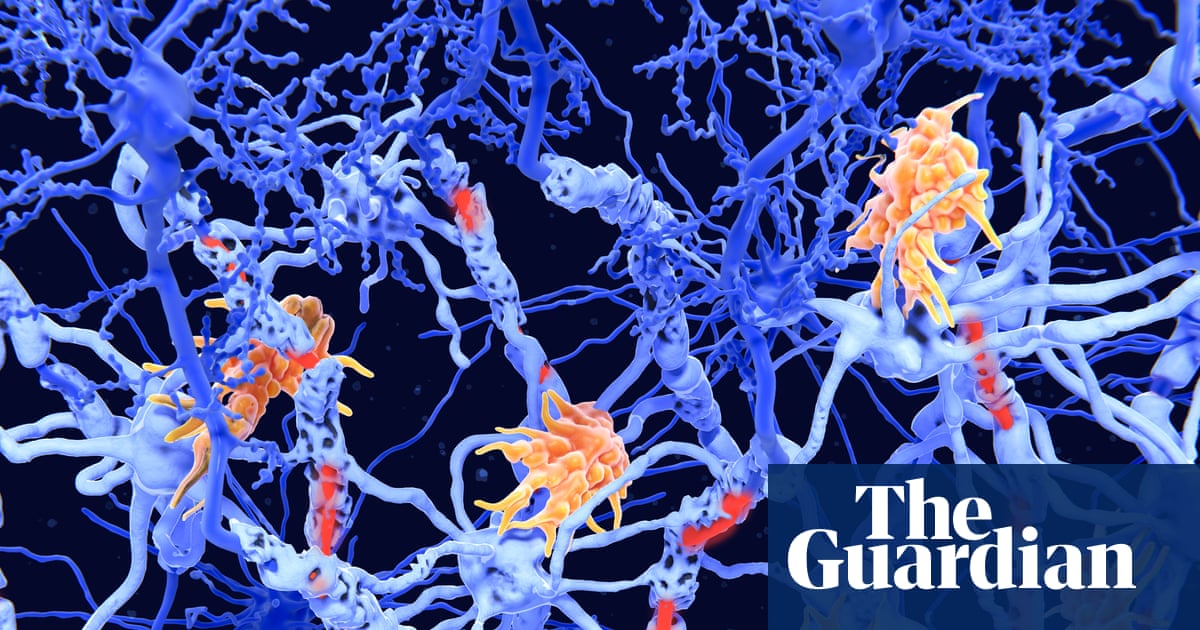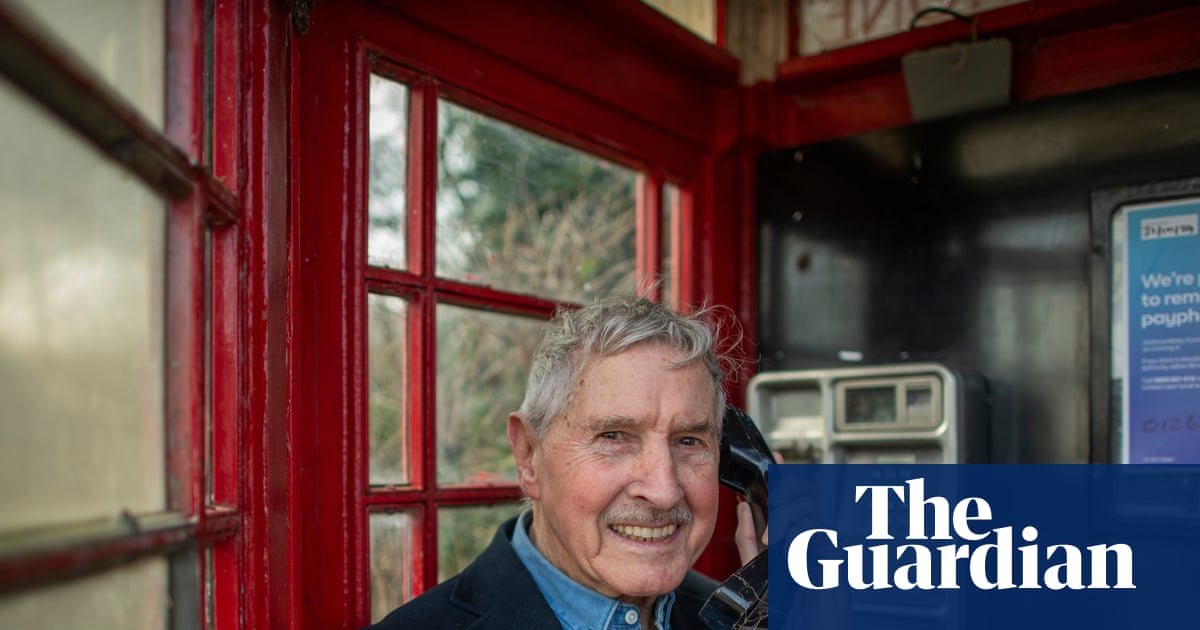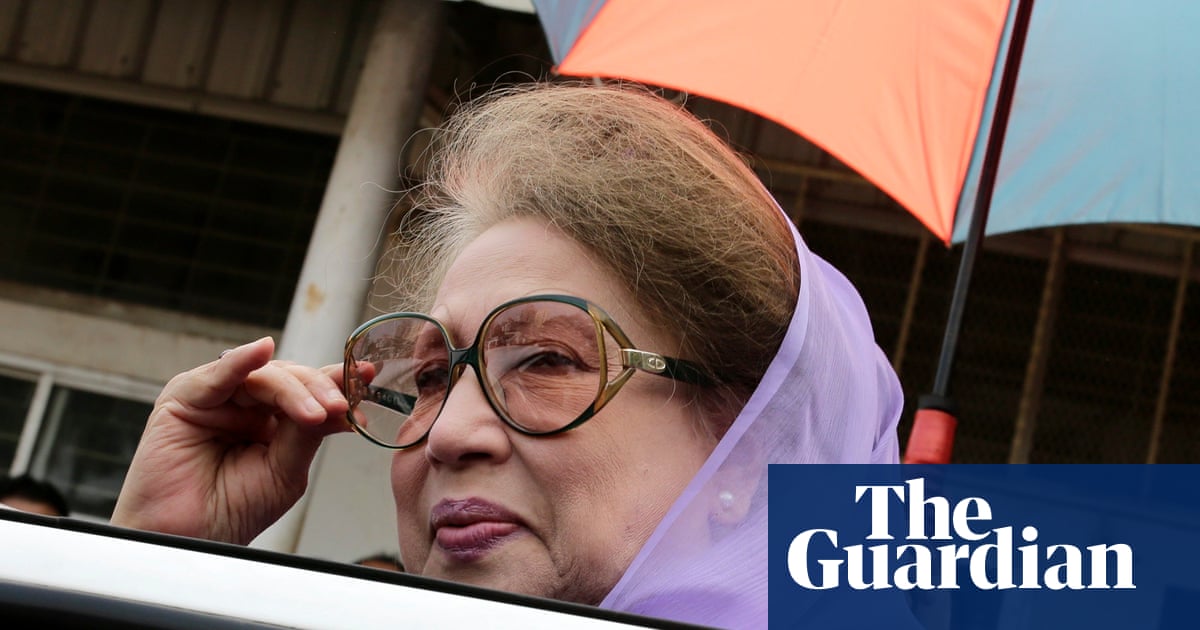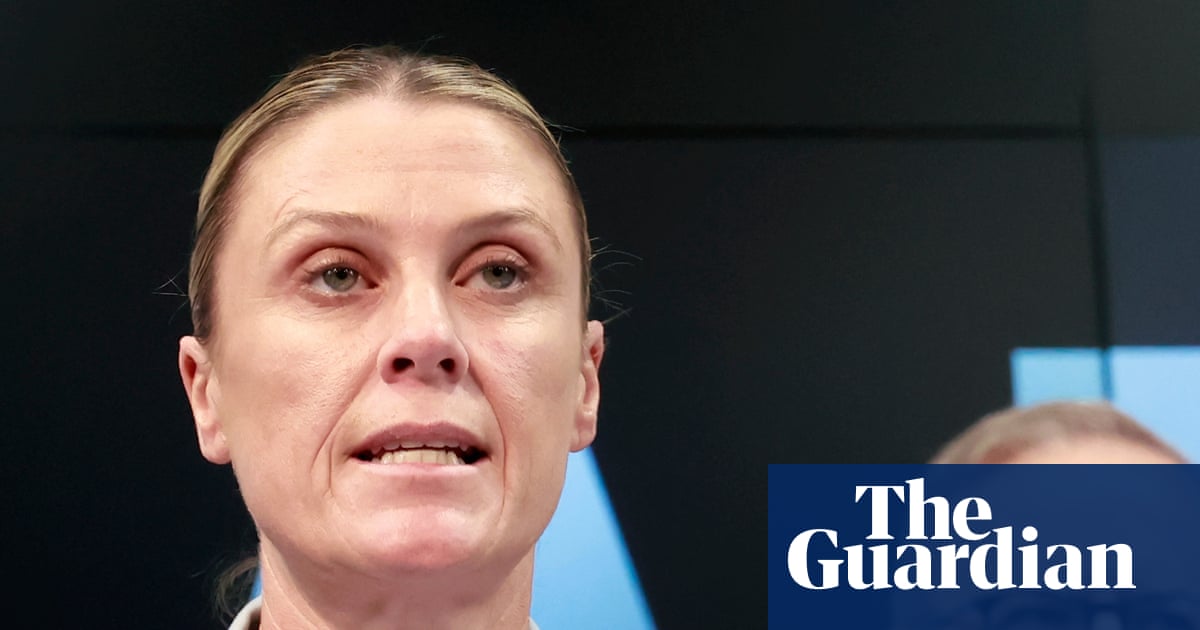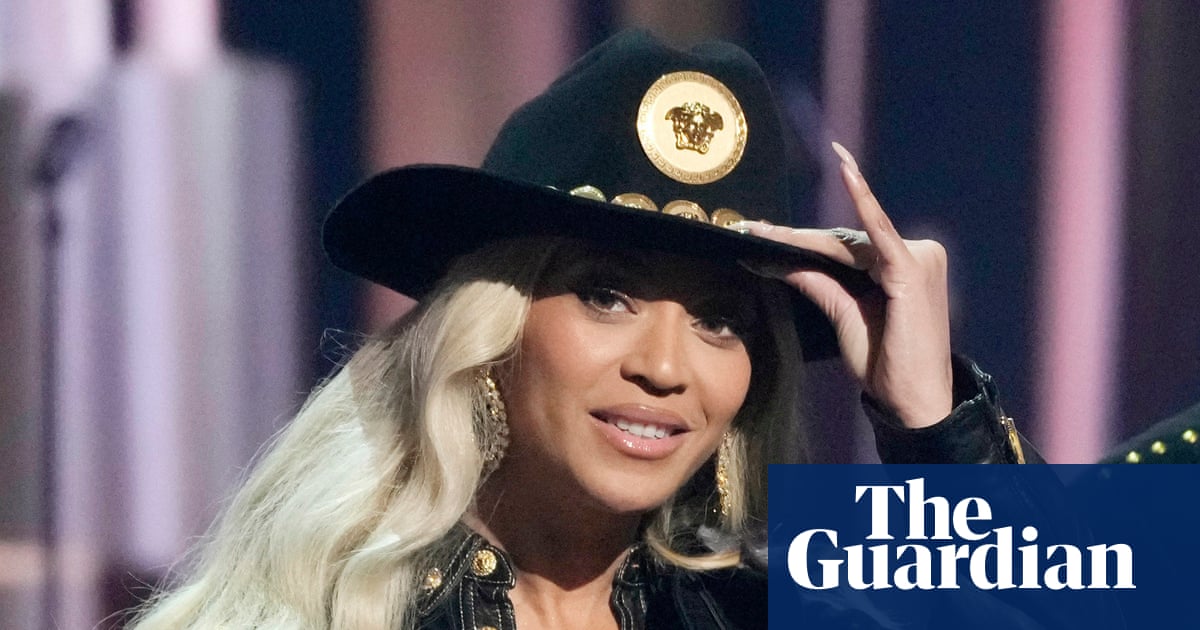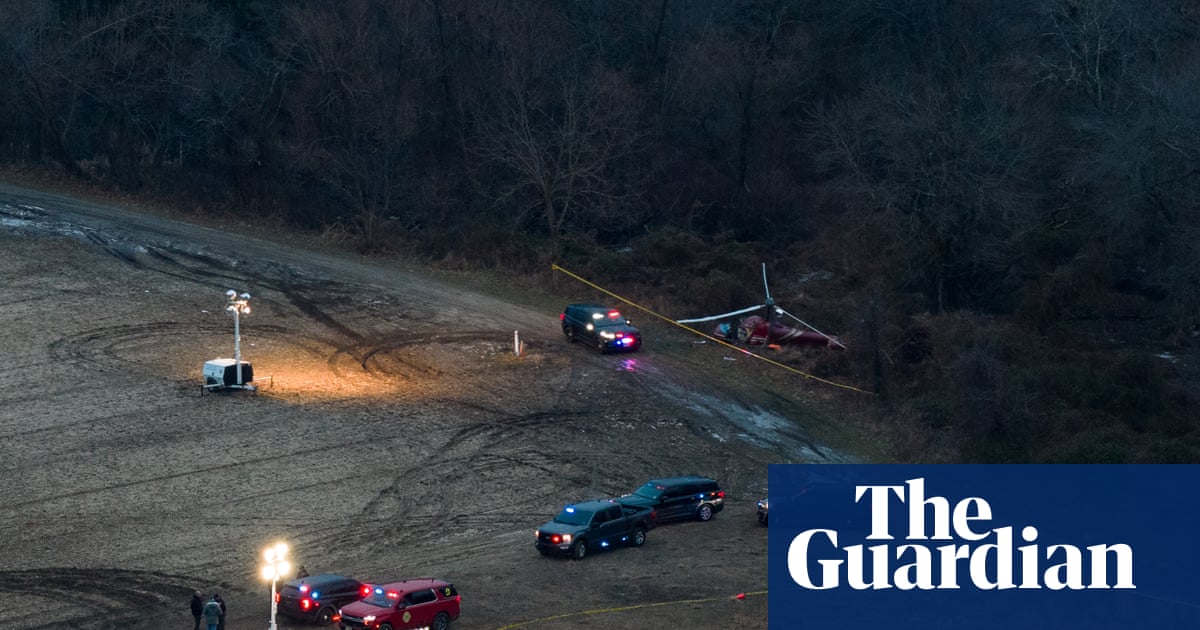El Mango viewpoint on Isla Isabela, the least populated island of the Galápagos archipelago, offers panoramic views of lush mangroves and crystalline shores. But this idyllic spot was also the setting for the darkest of crimes.
“My daughter was 15 when a man without scruples or feelings did this thing to her,” said Carmen Torres, sitting at the kitchen table in a small house on the outskirts of the island’s main village, her eyes cast downwards to the floor. “He knew what he was doing. But these are children, and they are so vulnerable to manipulation,” she said.
Last year, Carmen’s daughter and two of her school friends were drugged and taken to El Mango, where just a short walk from the viewpoint, the undergrowth is littered with dirty mattresses and discarded condoms. All three girls were sexually abused and raped.
Ecuador’s Galápagos Islands are a protected national park and Unesco World Heritage site, whose rich, unusual fauna played a pivotal role in Charles Darwin’s theory of evolution. It is a haven for wildlife, but for the human population of some 33,000 – and especially the women and girls among them – it is not a place of safety.
A 2019 report by the UN notes “obvious tension between the image projected of the Galápagos as a destination … with an emphasis on nature conservation … versus the socioeconomic barriers and needs experienced by its inhabitants, particularly women”.
Torres was afraid to speak publicly about her daughter’s case, and asked to use a pseudonym because the island has a population of 2,000, and everyone knows one another. Since she and her daughter reported the assault to authorities, they have received threats, bullying and harassment from other islanders. Torres was accused of being a bad mother, while her daughter was dismissed as a prostitute and drug addict.
“There are so many girls that don’t speak out because [they fear] the violence they will face for doing so,” said Torres.
Two of the girls attacked at El Mango reported the crime to the police. When local authorities failed to take action, they sought help from a local activist group, Magma. Together with international anti-sex-trafficking organisation Our Rescue, they arranged for the girls to be taken to a safe-house in the Ecuadorian capital Quito, where they are receiving support and protection while the case remains under investigation.
Since it was founded in 2020, Magma – a small team composed of a handful of volunteers – has supported more than 100 cases of gender-based violence across the Galápagos archipelago. In 2022, they urged authorities to act after a 12-year-old gave birth in Santa Cruz, the most populous island.
“There was no criminal report,” said María Casafont, one of Magma’s founders. “The protection system in the Galápagos is nonexistent.”
The activists say that what happened to Torres’s daughter follows a pattern they have seen before, suggesting evidence of a child-trafficking ring.
“It seems to be the modus operandi of a group of men who capture girls, rape them and extort them for sex, photos and videos,” said Marcela Santillana, another member of of the group.
The organisation calculates that gender violence accounts for 25% of all reported crimes on the Galápagos, but only 5% of sexual violence cases result in a conviction. The real number scale of problem is believed to be much higher as very few crimes are actually reported, said Santillana. “People don’t trust the system,” she said.
Meanwhile, many more resources are dedicated to pursuing environmental offences, which account for less than 1% of reported crimes.

“There’s a systematic problem with the police and prosecutor’s office,” said Albert de la Huerta, Our Rescue’s the Latin America director of operations. Prosecutors from mainland Ecuador are only deployed to the islands for short periods, and the constant rotation causes delays and eventual dismissal of crimes, he said.
“By the time they get knowledge of the islands, they’re leaving. I think it’s set up that way because everyone wants to protect the image of the Galápagos,” said De la Huerta, who said the Galápagos was one of Latin America’s worst “hot spots” for child trafficking.
The islands’ remoteness adds to the problem, said de la Huerta. “Everybody’s scared that if they talk, something will happen to them. So no one wants to file a criminal report, and the police can’t do anything”.
Ecuador’s Women’s Ministry and Tourism Ministry both said in statements that they recognise the pressing issue of gender violence, citing specialised training for public officials, and technical assistance to improve institutional responses to cases.
The public prosecutor’s office told the Guardian that a work plan has been established to address sexual violence on the islands, which includes setting up a Gesell chamber (a child-friendly interview room with a one-way mirror) on Santa Cruz to record sensitive testimonies from children.
The prosecutors office said that high staff turnover was a result of strict population control measures in the Galápagos, where residency is limited to five years for public officials. However, they did not address allegations that some prosecutors serve for as little as 30 days, nor outline any plans for urgent needs, such as setting up a forensic lab for evidence collection or shelters for abuse survivors, which currently do not exist on the archipelago.
“Another animal health laboratory has opened for DNA analysis of iguanas and ticks,” said Casafont. “But for people? Nothing.”
Some of the Galápagos islands’ youngest residents have decided to take matters into their own hands. One friend of the girls who were raped in El Mango, organised a protest to demand greater support from prosecution services.
“I don’t want other girls to be afraid to report abuse,” said the teenage girl, who has also been subjected to sexual harassment, and plans to leave the island as she finishes school to escape the island’s unbearable misogyny and abuse.
“I would stay and fight, but this community is very toxic,” she says. “When I leave, I won’t ever come back.”
Meanwhile, Torres has not seen her daughter for months: she is still in the Quito safe-house as the investigation drags on. “We want the girls to come home, but not until justice has been served and their attacker is behind bars.”

 3 months ago
49
3 months ago
49

